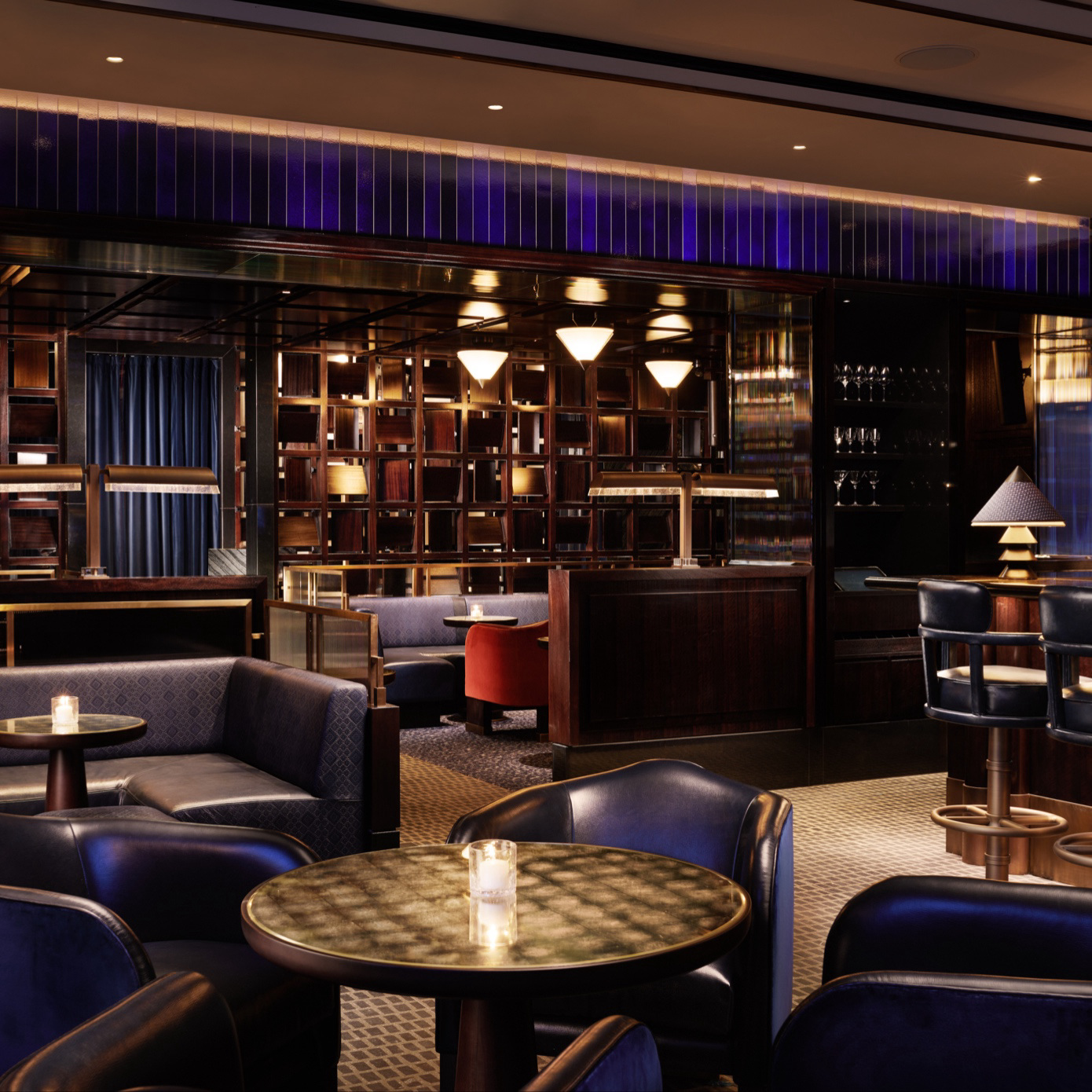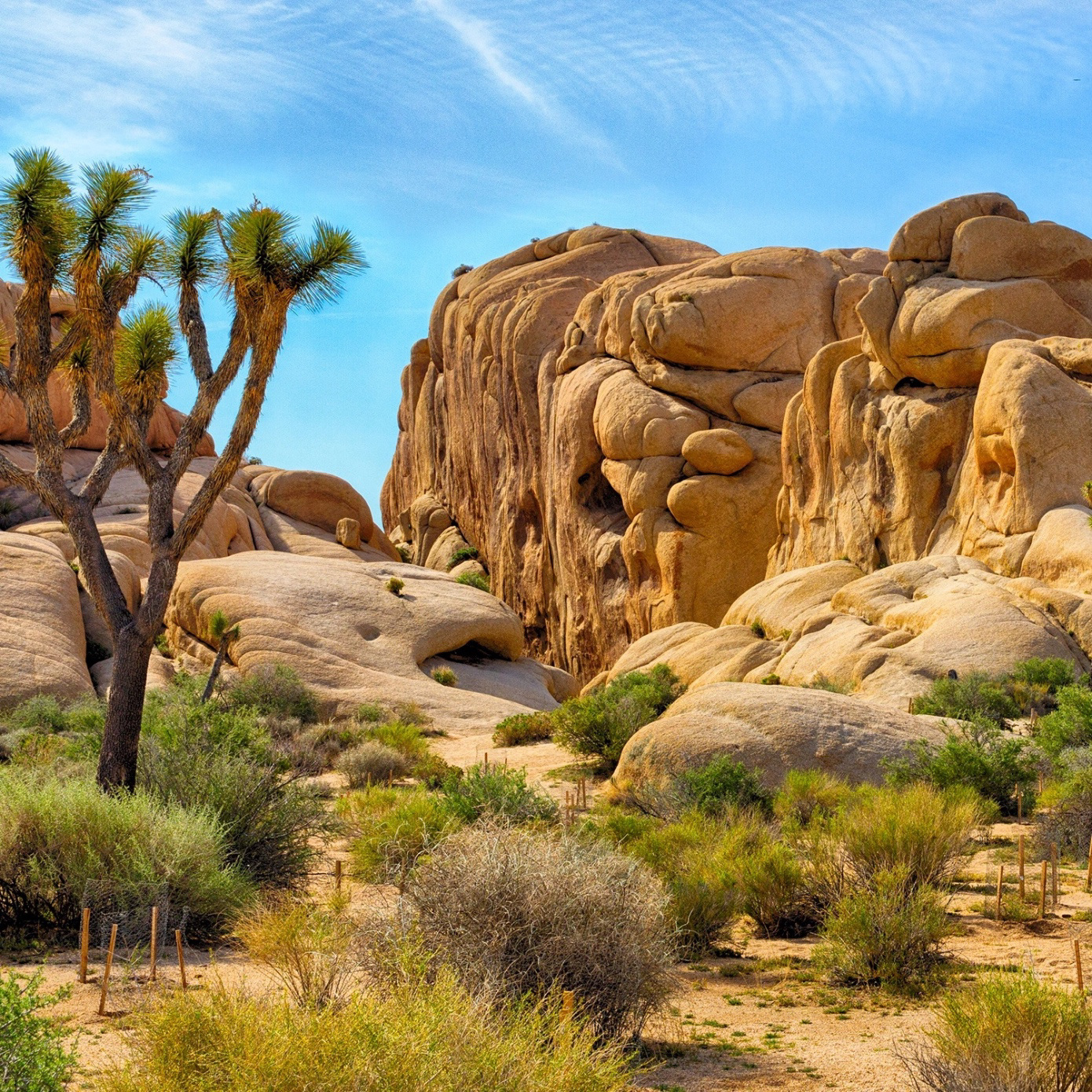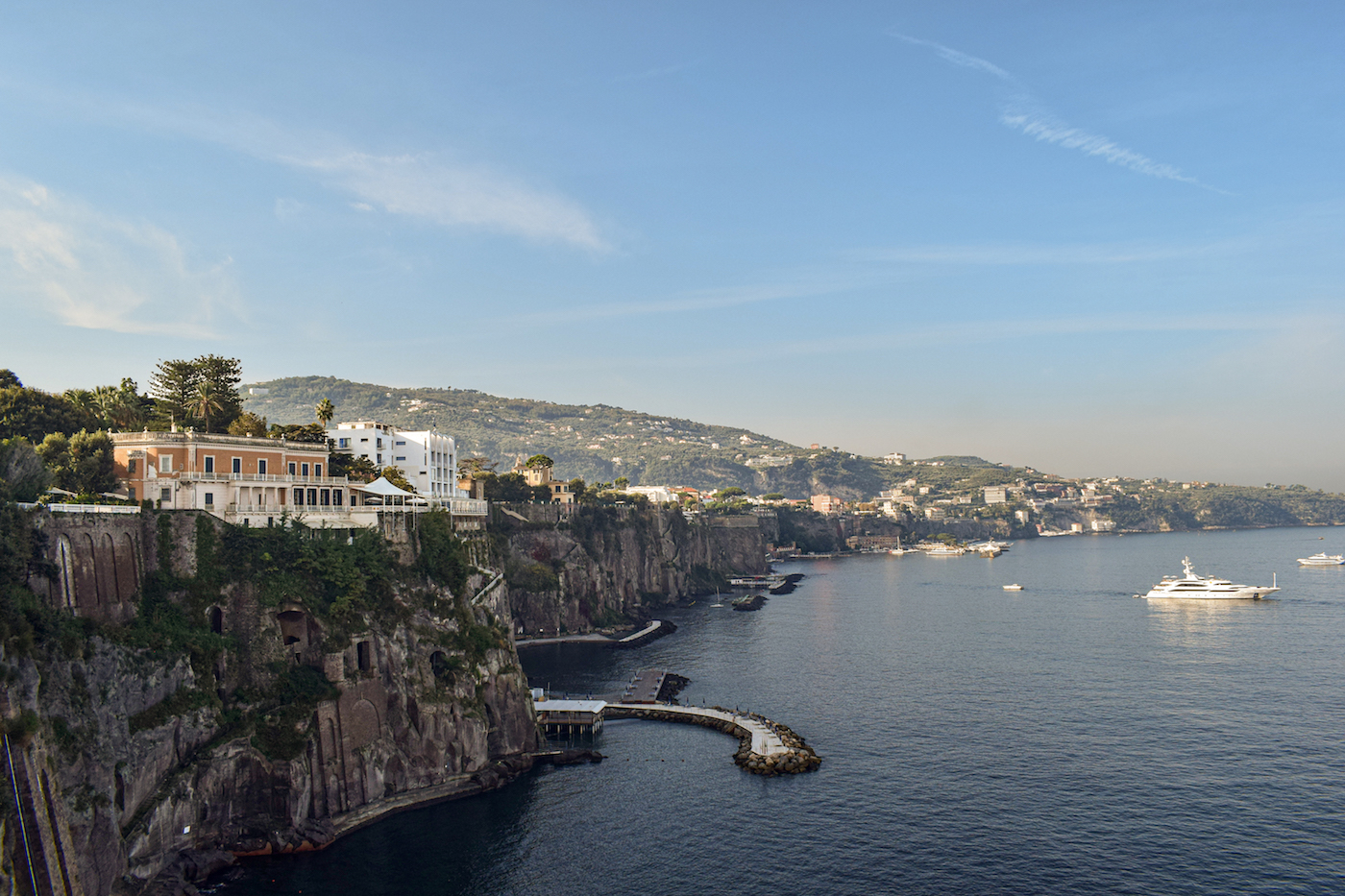
After two years of Hell, we can only think of Paradise. I am not only referencing Dante, but one of the best coastal areas in the world. Travel aficionados know about the Italian isle of Capri and its mainland neighbor the Amalfi Coast (and want to spend the summer there), but trust me on this one: go there now, or you’ll miss a once-in-a-lifetime opportunity. The entire region has likely never been less busy with tourists, meanwhile hotels, museums and restaurants are more than ever ready to welcome visitors. It’s your chance to fly into Naples, drive down to the South and experience some of the best food, views and limoncello on the planet.
The Amalfi and Capri area has been inhabited since the Roman times—they loved its beaches and deep blue waters as much as we do now. It’s also one of the largest open-air museums in the world: the entire Coast was granted UNESCO World Heritage recognition in 1997. Last but not least, forget the unpleasant feeling of finding sand inside your Rimowa suitcase when you return home. Amalfi and Capri don’t have the sandiest shores, but really chic rocks from which you jump directly into the water. For this reason, rock sandals are a must! Let’s now dive into some useful tips.
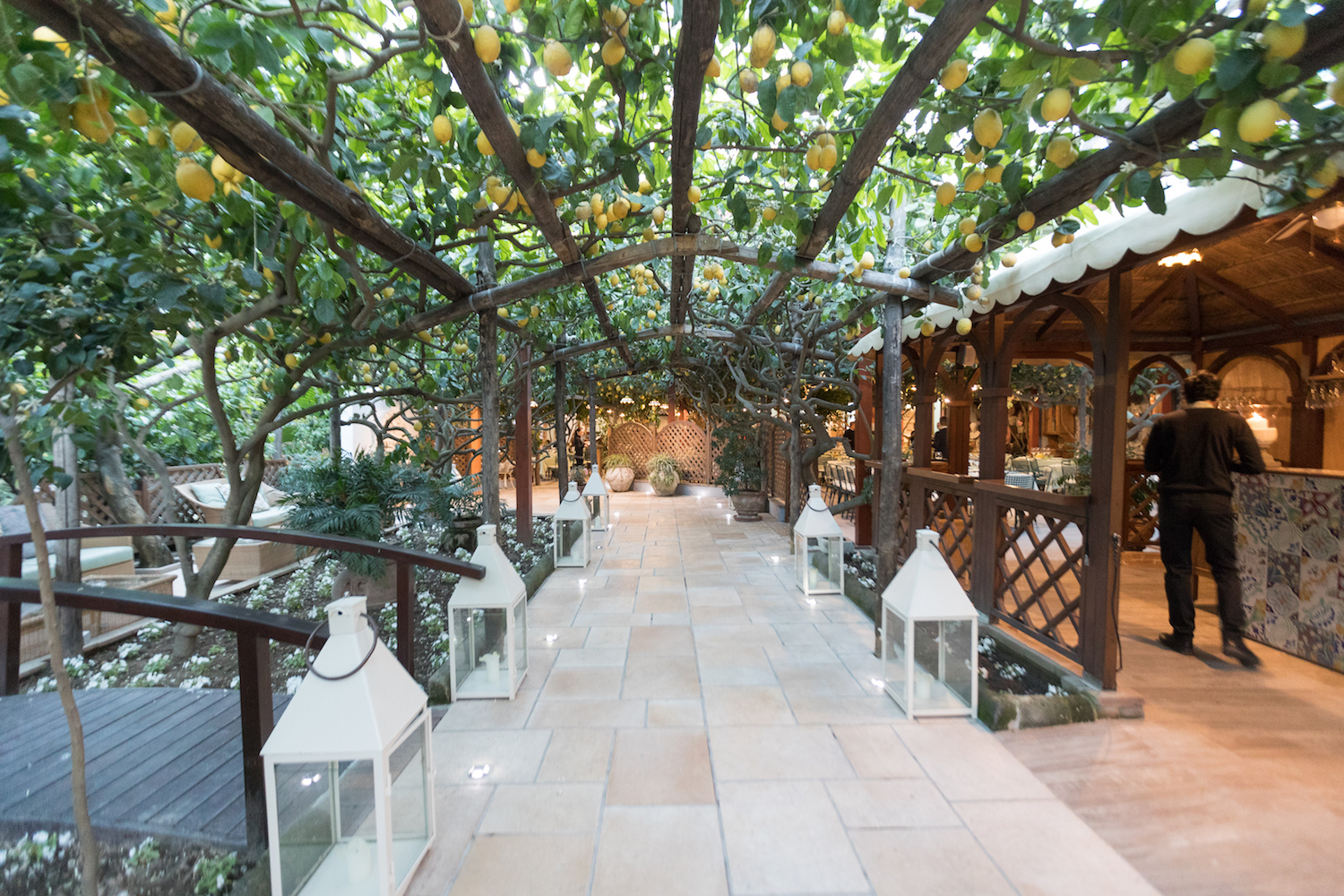
As soon as I step onto Capri, I call and reserve a table at Da Paolino, the restaurant that has been serving the best spaghetti alle vongole since ever under a constellation of a few hundred lemons hung from their trees. Don’t forget to visit the dessert room before grabbing a coffee and digestif. The restaurant literally has a room just for dessert. On my way back to mainland and before hopping onto the Italo train from Naples back north, I love to spend a night on the coast, and I can’t miss the linguine allo scoglio at Lo Stuzzichino in Sant'Agata sui Due Golfi, a short drive from Sorrento.
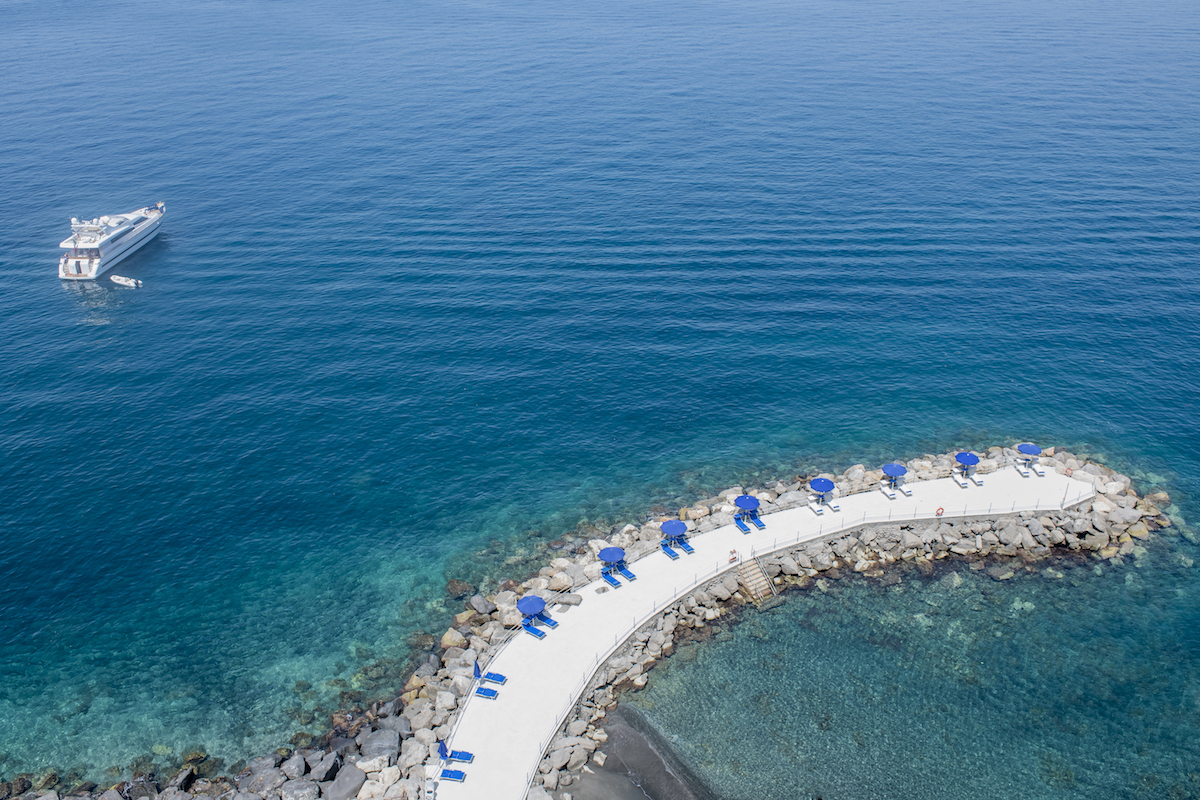
After the short boat ride from Capri—and perhaps after a long lunch at Stuzzichino—there is nothing better than checking in at Sorrento’s Hotel Parco dei Principi. The hotel was designed in 1960 entirely by Gio Ponti, including the tiles scattered across the floors and walls, the cutlery and the furniture. It’s heaven for designers, and their beach access is simply stunning. If Parco dei Principi is fully booked, I then spend all my time in Capri. Nothing is better than the Scalinatella Hotel, off the beaten bath, with great views and stunning ceramic tilework. Each visit inspires me to renovate my house and turn it into a small Scalinatella. If only!
As an art lover, I have to satisfy my cultural thirst. Capri’s Villa Jovis does its job. The “Villa of Jupiter” was built in 27 AD by Roman emperor Tiberius and is the largest Roman villa on the island. Ponder the stunning drawings by German architect Carl Weichardt before heading uphill to the landmark, which is now mainly ruins. But the views still stand! After Roman architecture, another favorite is Byzantine. The Amalfi Duomo, with its stunning garden, is a must-visit and a great place to take a break from strolling around.
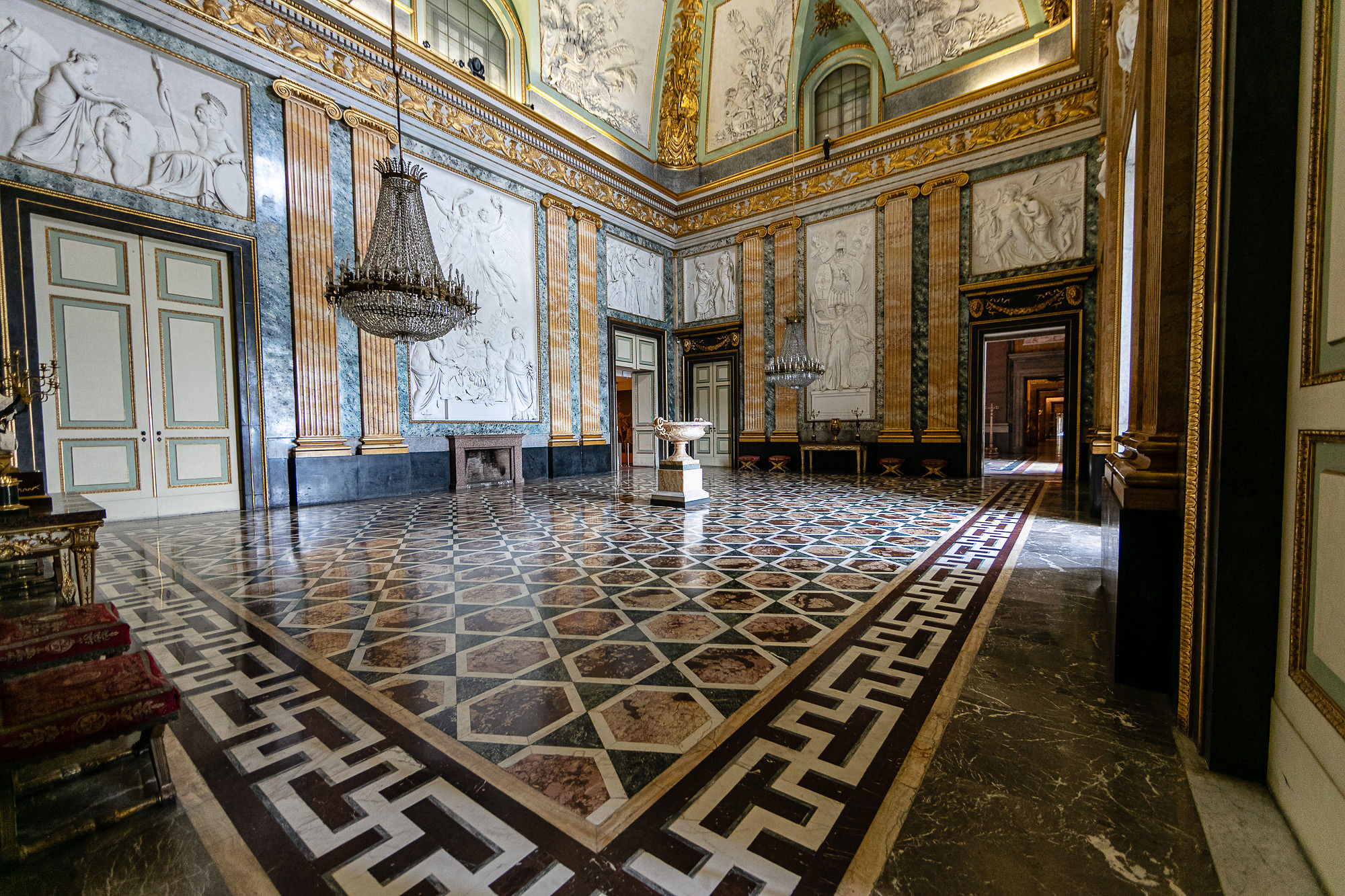
As much as I do love the beach, I am also fond of the countryside. The ride from the Amalfi Coast to Caserta takes just over two hours, and the visit to the Royal Palace is well worth the trip. Constructed during the 18th century, it is the largest royal palace in the world, with over 1,200 rooms. However, it’s best attribute is definitely the massive garden where you can enjoy a full day of picnicking.
For those looking to make a day of a longer journey, my final recommendation will brings adventurous travelers towards another stunning southern region, Puglia, but specifically, its Castel del Monte, just outside Andria and a less than three hour drive from the coast. The castle features incredible architecture, where the number eight carries a special meaning: eight towers, eight walls, eight windows per floor, etc. Recent studies came to the conclusion that the castle was neither a residence nor a place where to hide, due to its bizarre settings and design: turns out it was a university, possibly the first in the world when it was built in 1240. Italy, as always, is full of surprises.
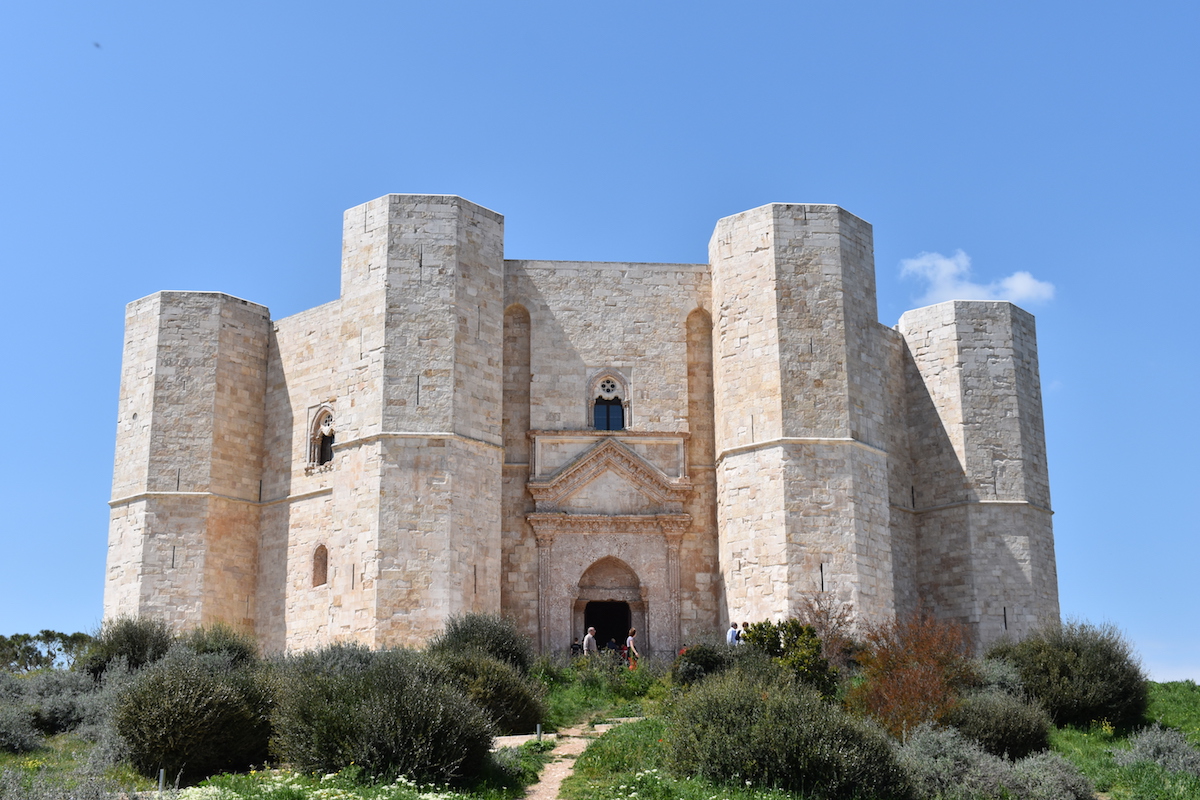
Craving more culture? Sign up to receive the Cultured newsletter, a biweekly guide to what’s new and what’s next in art, architecture, design and more.

